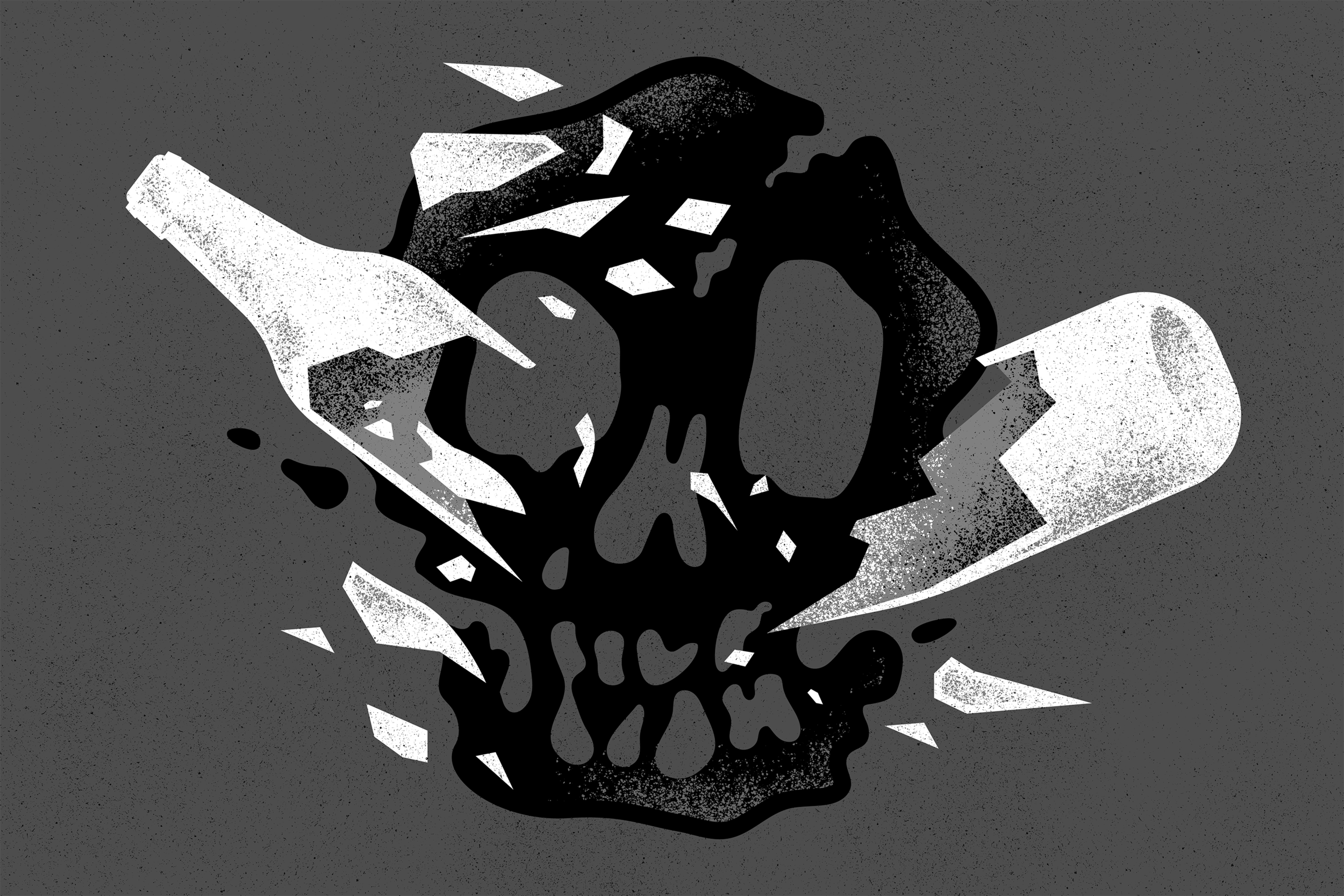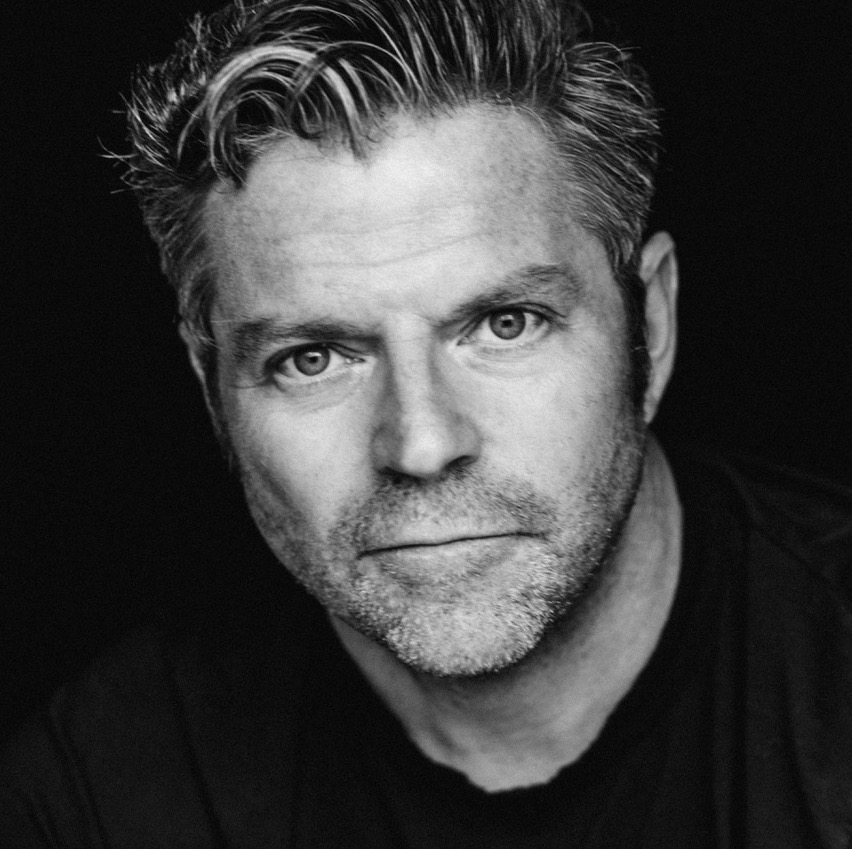In 1992, Subaru unveiled its sensible Impreza hatchback with a commercial featuring an unkempt, pre-“Saving Private Ryan” Jeremy Davies behaving like most alternative-looking young men that year, which is to say talking very quickly. The thesis statement Davies makes about the Impreza is this immortal, unfortunate pronouncement: “This car is like punk rock!” Incidentally, the commercial itself is very much like punk rock in that it’s unpleasant both to look at and to listen to.
The campaign did not go well. If there is one group of people that likes to run its mouth more than men Jeremy Davies’ age in 1992, it’s rock critics. And the favorite topic of the rock critics who were young the year punk broke—and in their forties at the height of the grunge era—was what punk was and was not. Have you ever asked one about it? Don’t! The self-appointed standard bearers of culture get real precious around the subject of punk rock, and I can guarantee you you’ll want to go full GG Allin* before the conversation wraps up.
[*GG Allin was a New York punk rock personality who planned to kill himself at one of his concerts via TNT inserted into his rectum. He ended up dying of an overdose before he had the chance. If you want to hear God laugh, make a plan to stick dynamite up your butt.]
I bring all this up because I am a self-appointed cultural standard bearer in my forties now, so I can tell you the following with authority: White Claw and all of the lesser-known hard seltzers are the punkest shit ever, and if we quit complaining about them for five minutes, they might just save the beer industry from itself.
Just as punk distilled rock music to its essential ingredients (three chords and terrified parents), spiked seltzer gets us back to the basics of drinking. While the country’s indie breweries were adding notes of pine, stone fruit, and cardamom to their products, the brains behind White Claw posed a question that spoke to the college freshman in all of us: what if water got you drunk? Sex Pistols impresario Malcolm McLaren couldn’t have done it better himself.
Let’s look at what’s happened to beer in the last few years. The industry is experiencing its slowest growth in a decade as customers slowly gravitate toward wine, spirits, and the quickly growing legal-weed industry. And within beer sales, the predictable, perfectly tasty domestic brews that got us through college—your Bud Lights, your Miller High Lifes, your Pabst Blue Ribbons—have steadily declined in market share. Craft breweries are taking up the slack, with India Pale Ales leading the charge.
“While the country’s indie breweries were adding notes of pine, stone, and cardamom to their products, the brains behind White Claw posed a question that spoke to the college freshman in all of us: what if water got you drunk?”
This is good news for small, local breweries and the people who make beers in their garages. But here’s the absolute truth about even the very best IPAs: while the question of whether they taste good or bad is up to the individual consumer to answer, we can all agree that they taste a lot. Each one has a unique, complex, and evolving flavor profile, and each one replicates the experience of holding a nine-volt battery in your mouth for a full afternoon. They can be too heavy or too hoppy or both, and too often the people who order them are caricatures of themselves.
And so it went with rock ‘n’ roll in the 1970s. The genre had made a quantum leap in the decade between The Beatles’ “Please Please Me” and Pink Floyd’s “Dark Side Of The Moon,” and too many musicians took the wrong lessons from that evolution. If rock was getting more complicated, more virtuosic, then maybe fussier music meant better music. So in came Yes; and Emerson, Lake and Palmer; and pre-beer-commercial Genesis. In came nine-minute songs, and concept albums, and drum solos.
Shit got real baroque there for a minute, and it took a handful of poor kids with no particular musical talent to tell us what we needed to hear: practice your scales all you want, but sometimes the kids just want to scream along to a simple, stupid song.
Which brings us to the truly wild trend of hard seltzer, an idea so brilliant only an idiot could have thought it up: what if someone else went to the trouble of putting booze in your LaCroix? What if instead of a complicated mix of flavors, you had a craving for, like, lime-ish? White Claw gives you this and nothing more; I had planned to include tasting notes in this essay, but after one sip, I scribbled “bubbles!” and then didn’t write anything else down.
After a few years that saw the rise of mixology and artisanal bitters, hard seltzer has a feeling of inevitability. “A major factor in hard seltzer’s current popularity is what it’s not: difficult or aspirational,” Amanda Mull recently wrote in The Atlantic. “Being a cool young drinker has had a lot of arbitrary rules in the past decade. For much of the 2010s, booze trends have centered around limited-edition, high-alcohol craft beers and booze-heavy, professionally assembled cocktails.”
White Claw is not a thing a bartender in a vest and an arm garter will fret over. White Claw is booze that is redolent of Skittles. In other words: congratulations on all those flute solos, Jethro Tull, but here come The Ramones. In other other words? Nice try making a Big Deal Album about Jesus with three-dozen contributors, Kanye—some kid in Florida is eating your lunch by uploading 10 songs to SoundCloud one afternoon all by himself.
“What if someone else went to the trouble of putting booze in your LaCroix? What if instead of a complicated mix of flavors, you had a craving for, like, lime-ish?”
It’s both simple and a canny counter to the other major bustle in the business: the low-carb sports beer. The one mass-produced domestic brew that’s managed to buck the downward trend is Michelob Ultra, a beer so mild that Joni Mitchell could have written a song about it all the way back in 1971. Ultra is a beer that won’t weigh you down, that feels just right after a long run on a sunny afternoon, that truly literally cannot possibly get you drunk no matter how many you manage to put away. Ultra is already an industry response to the weighty Oatmeal Stouts of the craft-brewery world—it was only a matter of time before someone went a step further and said: “Let’s lose even that tiny hint of beer flavor.”
Hard seltzer brings us back to the basics, and in the soft-booze segment, the basics are “getting a mild buzz on with some friends.” Craft beers might be the Yngwie Malmsteen guitar solo of beers, but let’s not forget: nobody has ever sung along to an Yngwie Malmsteen guitar solo. Let your local brewpub make a murky Milkshake IPA that dazzles your mouth initially, but wears you out a few sips in. White Claw is here to get your party going and whisper a rumor of ruby-red grapefruit flavor into your mouth all night.
In 2019, White Claw woke us up to what was really important when it comes to drinks: they’re supposed to be fun. Maybe the lesson of its sudden and immense popularity is to relax on all the boozy bells and whistles. After nearly a decade of having to wait endlessly for my Michelob Ultra because the person in front of me ordered a cocktail that required muddling both berries and herbs, I am thrilled that this year’s hyped beverage has a flavor called “Pure,” which calls to mind the taste of “nothing in particular.” It is a hoot, which is what a nice, cold, canned, boozy beverage should be.
As always happens with a startling new trend, the big guys could not beat, so they joined. A Bud Light-branded line of spiked seltzers will hit the market in the first quarter of 2020. And why not? Even The Village People eventually went new wave.
The hot wetness of 2019 was not an opaque, juice-bomb IPA. The big deal of the alcohol world required no training and no tasting notes. It was water with booze in it. It was smartly and efficiently put together, and so simple that it outsmarted the biggest brands in the industry.
I won’t tell Jeremy Davies if you don’t.














